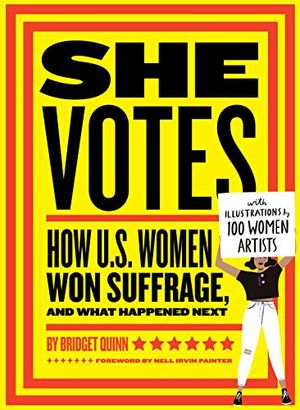Over the course of the many centennial anniversaries surrounding the 19th Amendment, which extended the right to vote to women, publishers have released scores of books that capitalize on renewed interest in the topic. Few new books, however, are as intersectional and visually arresting as award-winning author and art historian Bridget Quinn’s latest: She Votes: How U.S. Women Won Suffrage, and What Happened Next.
The book recounts the diverse array of women who fought for equality throughout American history, both in the decades leading up to the amendment’s ratification and in the generations since. Quinn’s whimsical yet serious tone reveals the ways in which feminism affects everyday life and highlights the figures who made it possible. Women across political and cultural spaces, like queer writer-activist Audre Lorde, Representative Patsy Takemoto Mink of Hawaii, and Senator Carol Moseley Braun, the first African American woman to hold that title, are portrayed here as complex humans striving for equality in their own ways.
A historian of the American South, Nell Irvin Painter, contributes the foreword and a self-portrait that sets the tone for the book. Quinn, she writes, “does not skip over the continued disenfranchisement nor the agency of women of color” and “never loses sight of the limitations, even the villainies, of women suffrage within the prejudices prevailing in American society over time.” Painter’s introduction challenges the beginnings of the women’s rights movement and what we have been taught about it; regardless of gender and age, no one should assume they know enough about this history.
To help tell this complex story, Quinn brought on 100 women artists, each illustrating a historical figure, or scene, in their respective styles. This publication, for many of the artists, marks their first time being featured among other women artists. With vibrant colors and varied mediums, “an art bounty of women’s empowerment,” says Painter, weaves readers into Quinn’s verse and how the women in it have shaped the world around them, Painter declares.
She Votes: How U.S. Women Won Suffrage, and What Happened Next
She Votes is an intersectional story of the women who won suffrage, and those who have continued to raise their voices for equality ever since.
The illustrations accompany tales of law-making and law-breaking, literary angst, protest movements, quarrels within the leaders of Second and Third Wave feminism, and countless narratives that paved the way for Gen Xers and Baby Boomers to march together at the 2017 Women’s March and the ongoing protests around the world. Chapters like “Seneca” and “Winning the West: Sacajawea” open with compelling portraits of Indigenous women, whose agency and communal power inspired the Seneca Falls Convention. Such acknowledgements in the book show that women, across all intersections, have activated movements.
Here, alongside their illustrations, are ten women artists offering perspectives on their work, women’s rights and the will to move towards a global movement that centers the most marginalized people.
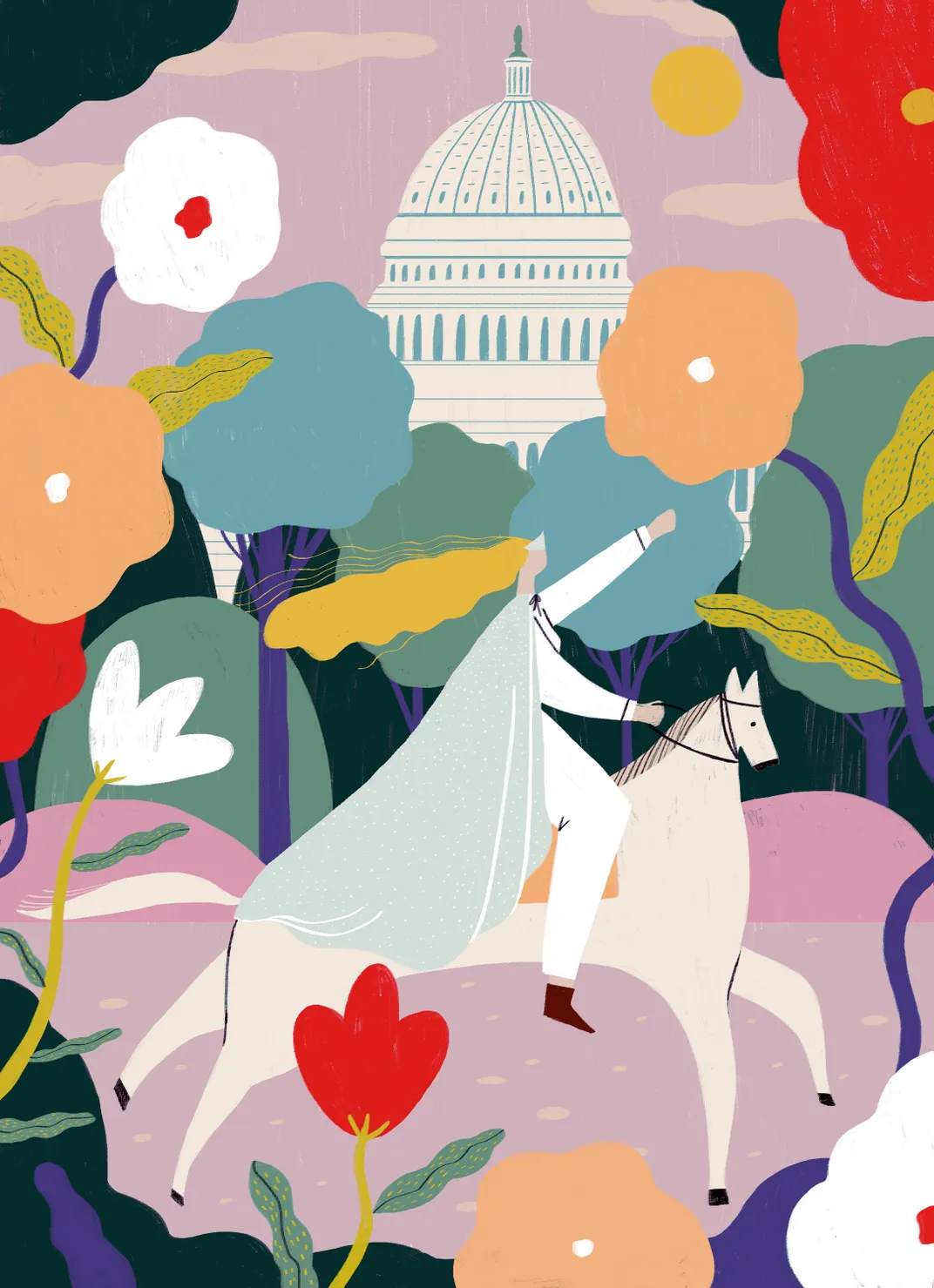
For my illustration of Inez Milholland in the 1913 suffrage procession, I used bright colors to make the image feel bold, stoic and hopeful.” Josie Portillo, @josie_portillo
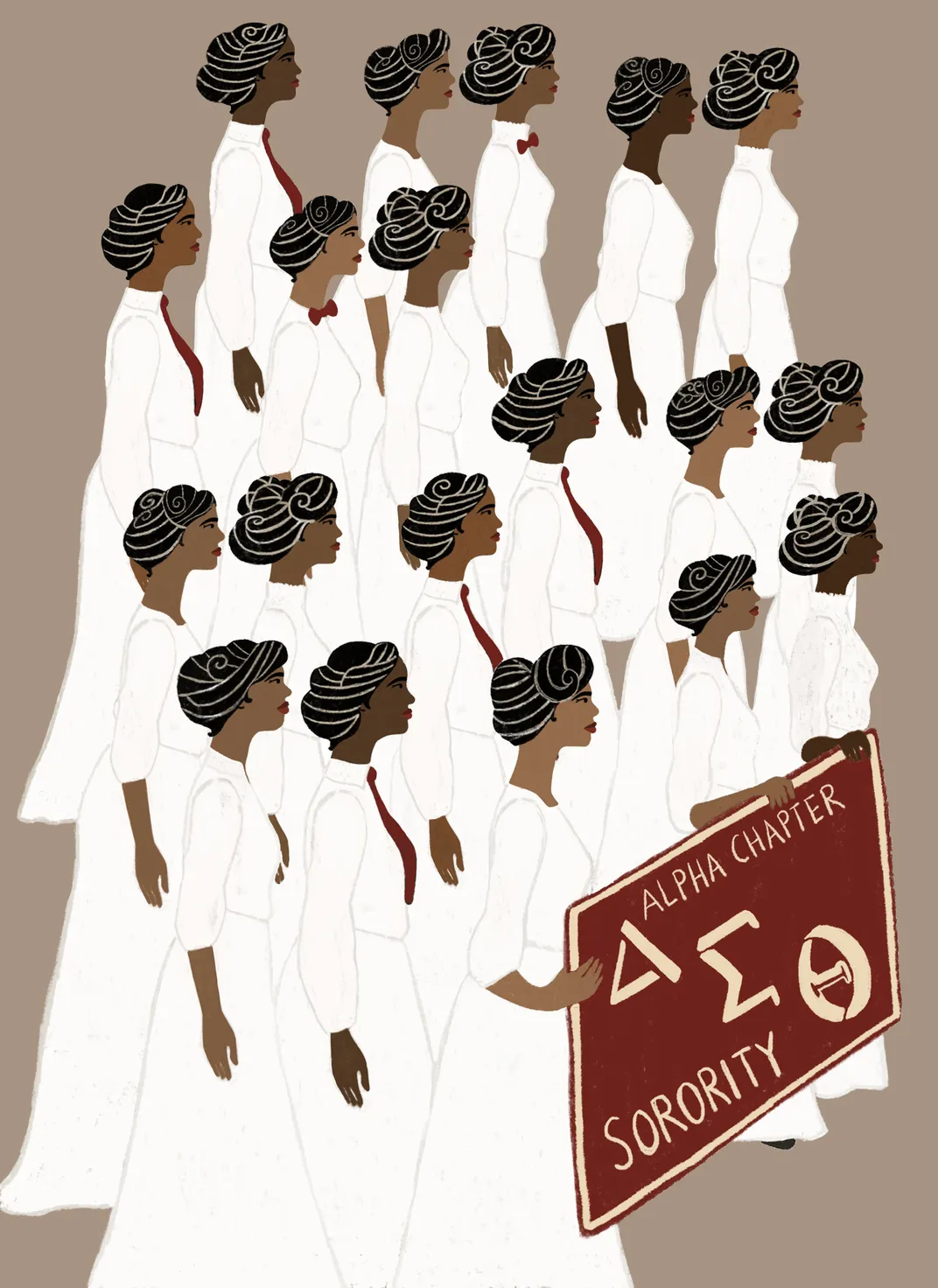
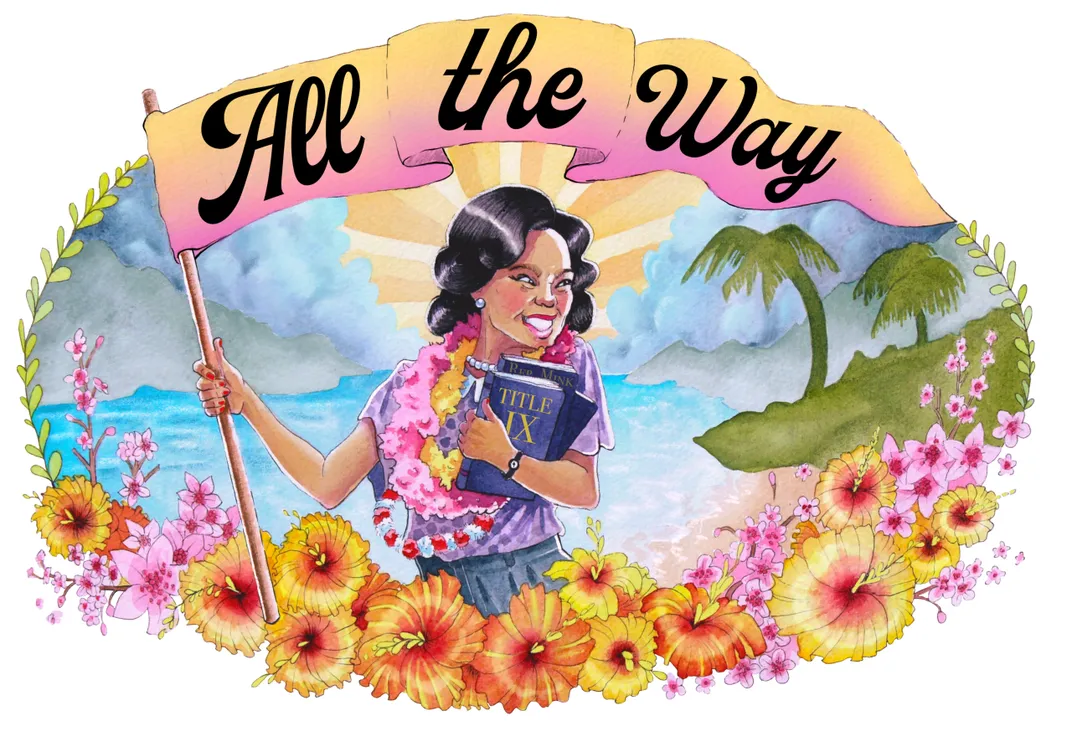
I am especially grateful to Rep. Patsy Mink for [Title IX, which was later renamed the Patsy T. Mink Equal Opportunity in Education Act.] She made certain that all of us ladies could not be denied education or federal student loans on the basis of our sex.
I used both cherry blossoms and hibiscus to represent Mink’s Japanese and Hawaiian heritage. I wanted the pops of red and yellow to represent her fiery passion and refusal to back down in the face of adversity. I chose pastels to represent the loving and caring motives behind everything she fought for. She was beautiful, feminine, bold and fiery, so I wanted to convey her that way with my drawing of her, as well as with the color palette I used.” Trisha Mason, @trishabmason
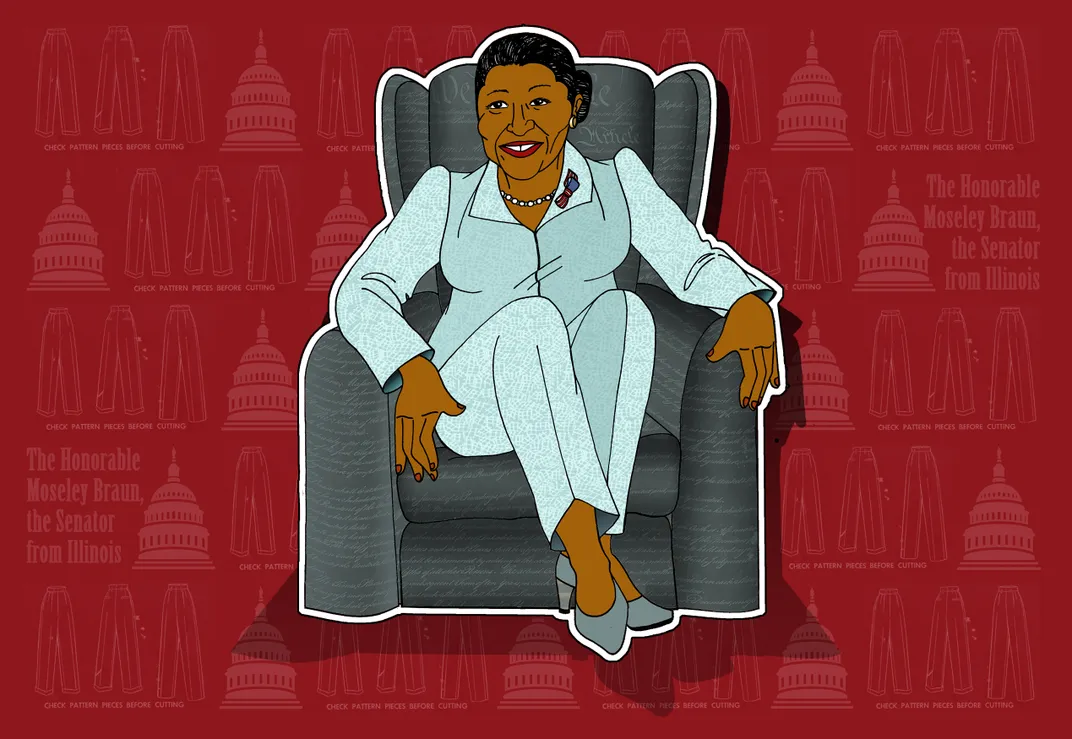
The feminist writing and activism of bell hooks, Angela Davis, and Patricia Hill Collins helped me develop my approach to creating art that speaks to the complexity of living at the crossroads of race and gender.
It's wonderful to be able to play a role in commemorating so many of the women whose efforts have expanded our access to full political participation. I see a bright future for women in the art professions as we see greater gender diversity within the ranks of curators, gallery owners, art directors, publishers and production designers, we will continue to see increasing opportunities for a broader diversity of artists and designers.” Ajuan Mance, @8_rock
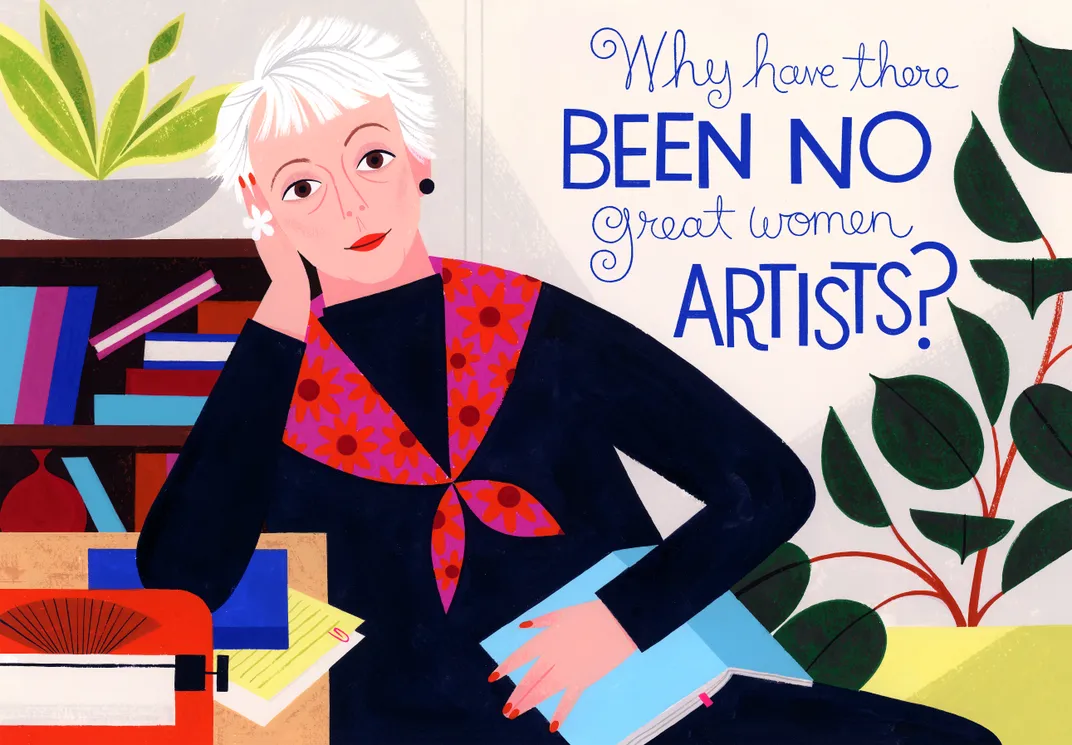
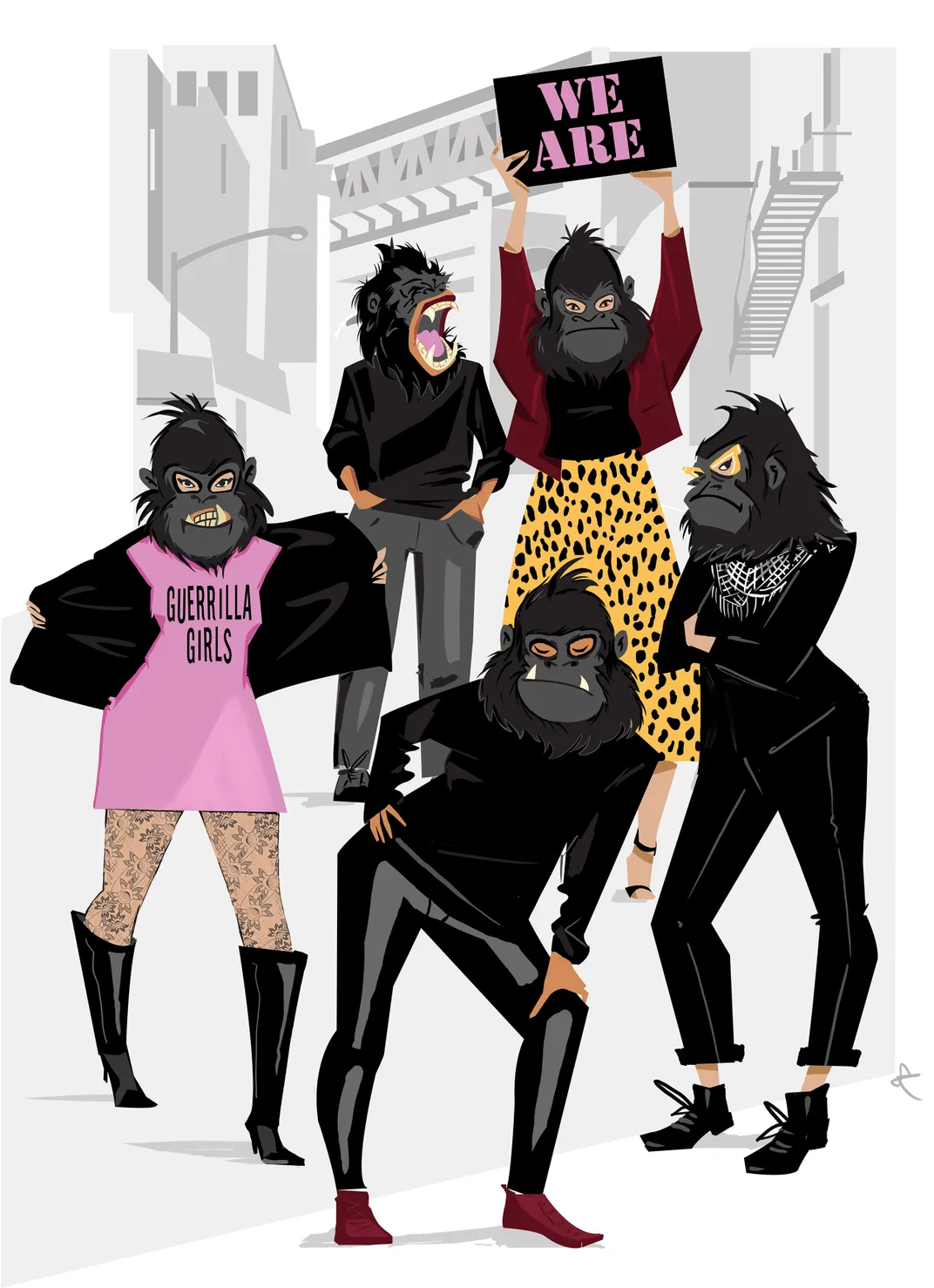
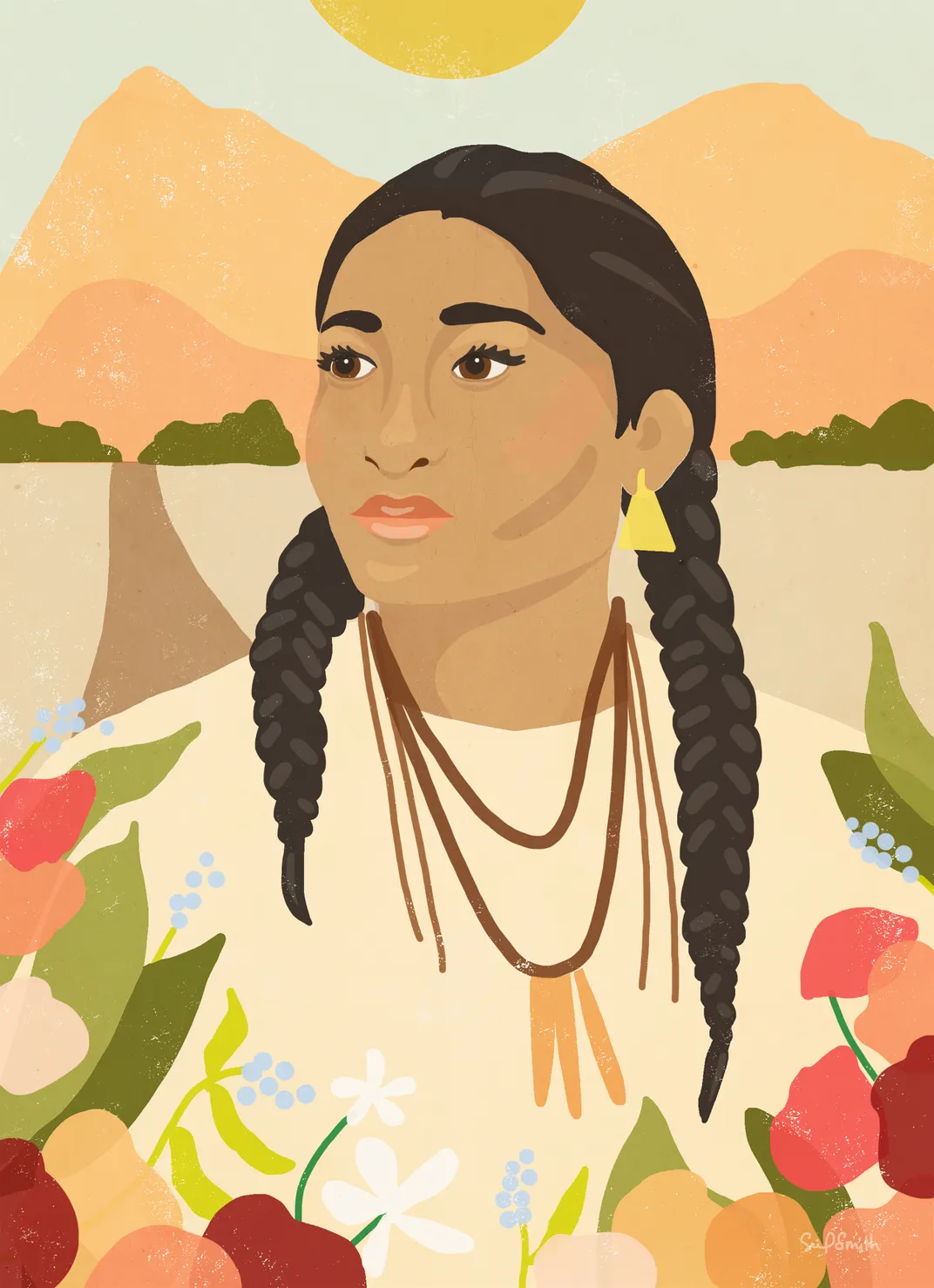
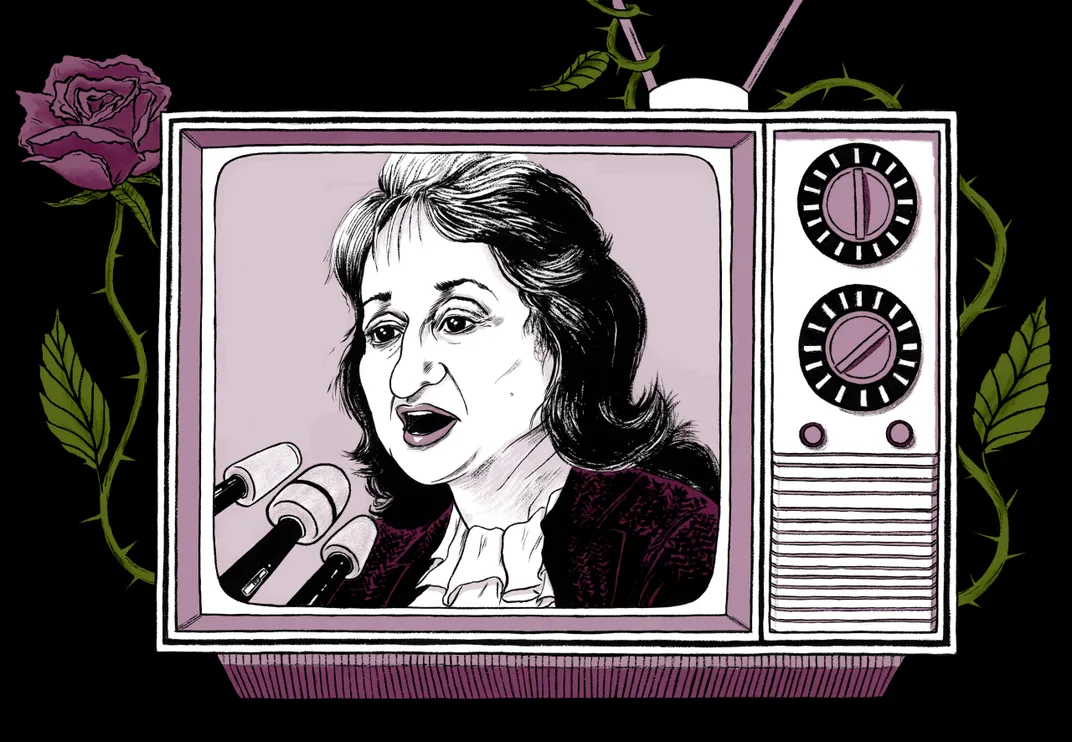
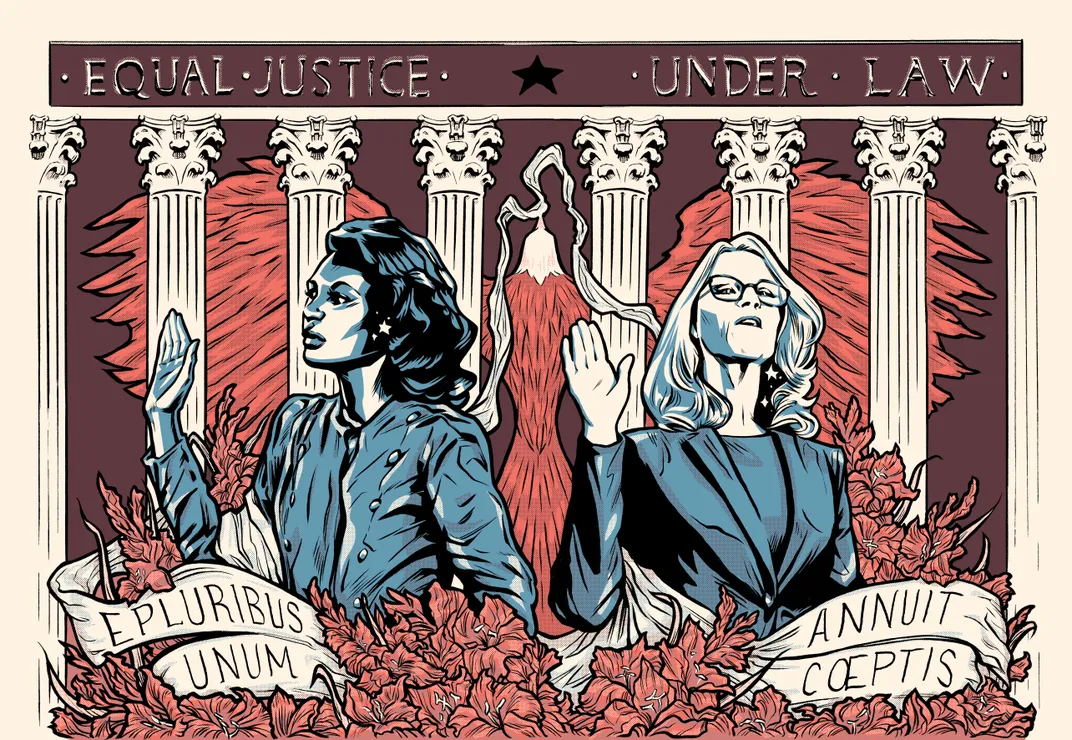
When I received word, I’d be illustrating both Anita Hill AND Christine Blasey Ford? I think I fell out of my chair and then stomped around the house whooping and hollering! I was completely electrified. At 17 years old I was just starting to pay attention to politics during the Clarence Thomas hearings. And, of course I was affixed to the Kavanaugh testimonies. Both of these events were deeply disturbing and upsetting.
The overall composition of my piece was to place Anita Hill and Christine Blasey Ford within the context of the Supreme Court and the U.S. justice system; these systems that not only were neither supreme nor resulted in any justice for them and their horrible experiences—instead, these problematic men actually advanced and are now placed in the highest realm of government.
Given that, I do believe in hope. Gladiolas are a symbol of strength, and I honor Anita and Christine in them. The eagle carries a long white piece of cloth, a bearing of feminism, and this entwines them in these ideals and reads E Pluribus Unum (‘One from Many’) and Annuit cœptis (‘Providence favors our undertakings’). These two incredibly brave women took THE stand, and to testify their lives in front of an administration and the whole world their horrific experiences in order to protect us, and hold these men accountable, has immeasurably moved and inspires SO many of us.” Christine Norrie, @christinenorrie
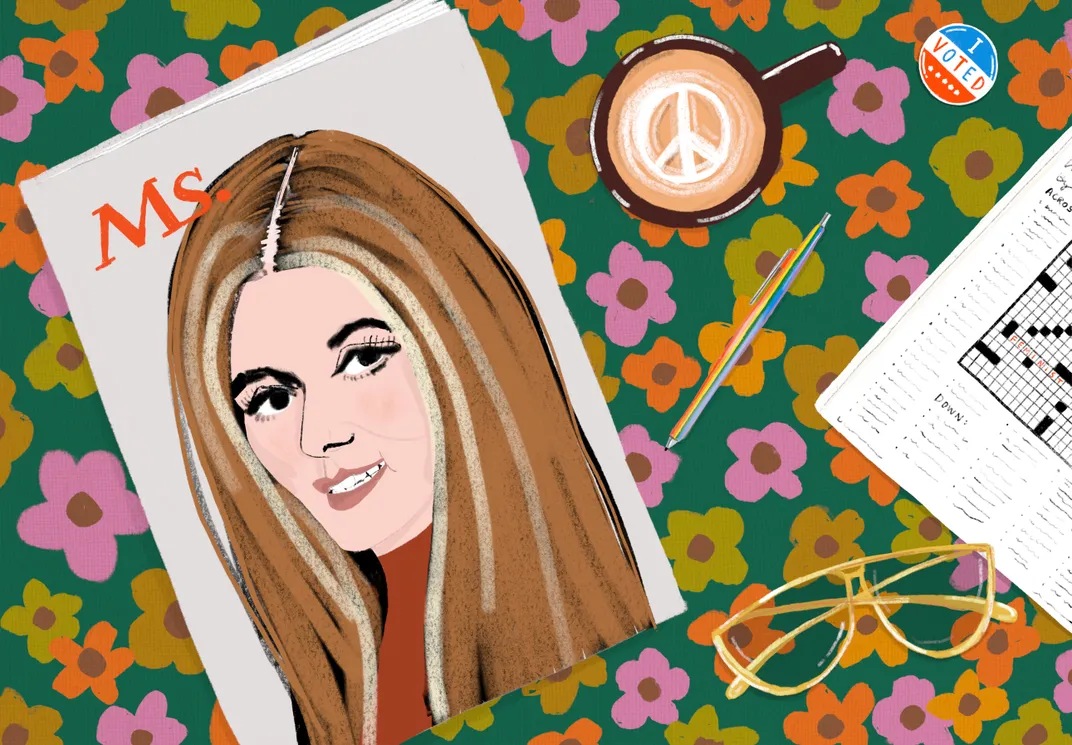
A Note to our Readers
Smithsonian magazine participates in affiliate link advertising programs. If you purchase an item through these links, we receive a commission.
/https://tf-cmsv2-smithsonianmag-media.s3.amazonaws.com/filer/a1/dd/a1dd8960-6971-4cc6-82c4-5ad427687176/illustration-mobile.jpg)
/https://tf-cmsv2-smithsonianmag-media.s3.amazonaws.com/filer/a1/5f/a15f2ad0-e8ad-4437-989b-71a0c934661d/social-illo.jpg)
